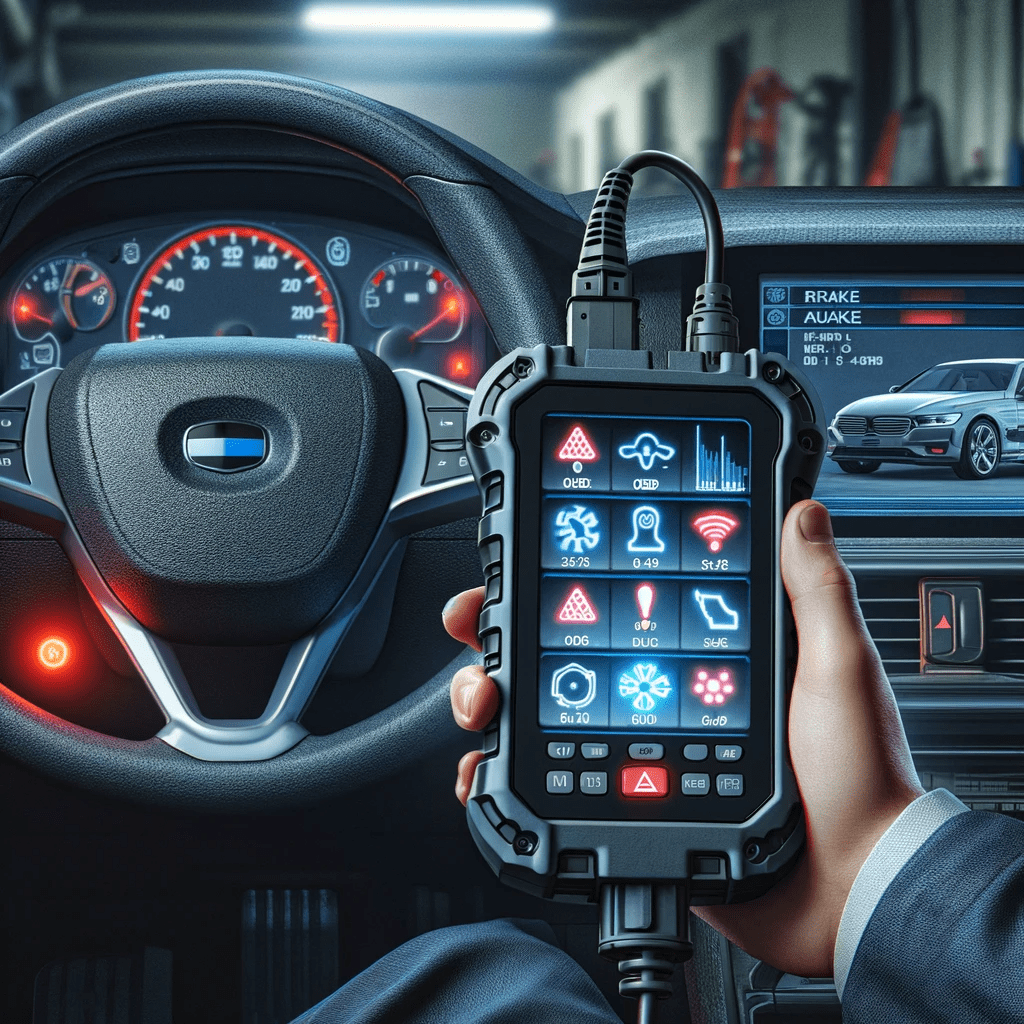Mastering Brake System Diagnostics
Understanding the Importance of Brake System Diagnostics
Brake system diagnostics is crucial for maintaining the safety and efficiency of any vehicle. It involves a thorough inspection and analysis of the brake system’s components – from the brake pads and rotors to the hydraulic fluid and brake lines. This process ensures that each part of the brake system is functioning correctly, identifying potential issues before they lead to failure or accidents.

Key Takeaways:
| Aspect | Detail |
|---|---|
| Importance | Understanding the necessity of brake system diagnostics for vehicle safety and performance. |
| Techniques | Exploring various techniques and tools essential for effective brake system diagnostics. |
| Practical Tips | Offering practical tips for both professionals and enthusiasts to diagnose and resolve brake system issues. |
| Advanced Insights | Delving into advanced diagnostic methods, including electronic diagnostics. |
| Resource Links | Providing links to relevant articles for deeper understanding and further learning. |
Techniques and Tools for Effective Diagnostics
To effectively diagnose brake system issues, various techniques and tools are employed:
- Visual Inspection: A fundamental step involving a detailed examination of brake pads, rotors, and calipers for wear and damage.
- Performance Testing: Using specialized tools, such as brake testers, to assess the brake system’s effectiveness under different conditions.
- Electronic Diagnostics: Modern vehicles equipped with advanced systems require electronic diagnostic tools for accurate assessment. The use of an OBD-II scanner is essential in extracting fault codes and detailed information about the brake system’s status.
Practical Tips for Diagnosing Brake Systems
- Listen for Noises: Unusual sounds like squealing or grinding can indicate issues with brake pads or rotors. For more on this, refer to our article on reducing brake noise.
- Check Brake Fluid: Low or dirty brake fluid can impact braking performance. It’s essential to ensure the fluid is at the correct level and free of contaminants.
- Assess Brake Response: Delayed or spongy brake responses may indicate air in the brake lines or issues with the master cylinder.
Advanced Insights into Brake System Diagnostics

Advanced diagnostic techniques involve more than just the mechanical aspects. It includes understanding the interaction between various components, like the brake booster and calipers, and how modifications can impact overall performance. Additionally, staying updated with the latest diagnostic tools, such as electronic scanners and software, is vital for accurate diagnostics.
Concluding Thoughts and Further Resources

In conclusion, mastering brake system diagnostics is a blend of traditional techniques and modern technology. It requires a keen understanding of both mechanical and electronic components. For those looking to expand their knowledge, delving into resources like our article on transmission diagnostic tools and guide on car diagnostics basics can provide valuable insights.
Q AND A
| Question | Answer |
|---|---|
| What is the purpose of visual inspection in brake system diagnostics? | To examine brake pads, rotors, and calipers for wear and damage. |
| How do performance tests help in brake system diagnostics? | To evaluate the effectiveness of the brake system using specialized tools like brake testers. |
| What role do electronic diagnostics play in modern brake systems? | To accurately assess advanced systems in modern vehicles using tools like OBD-II scanners. |
| Why is listening for noises important in diagnosing brake issues? | To identify potential issues indicated by unusual sounds such as squealing or grinding. |
| What should be checked regarding brake fluid? | To ensure the brake fluid is at the correct level and free of contaminants. |
| How to assess the brake response? | By checking for delayed or spongy responses, indicating potential issues. |
| Why is understanding component interaction important? | To know how modifications to parts like brake boosters and calipers impact overall performance. |
| How can staying updated with tools improve diagnostics? | By using the latest diagnostic tools and software for more accurate and efficient diagnostics. |




